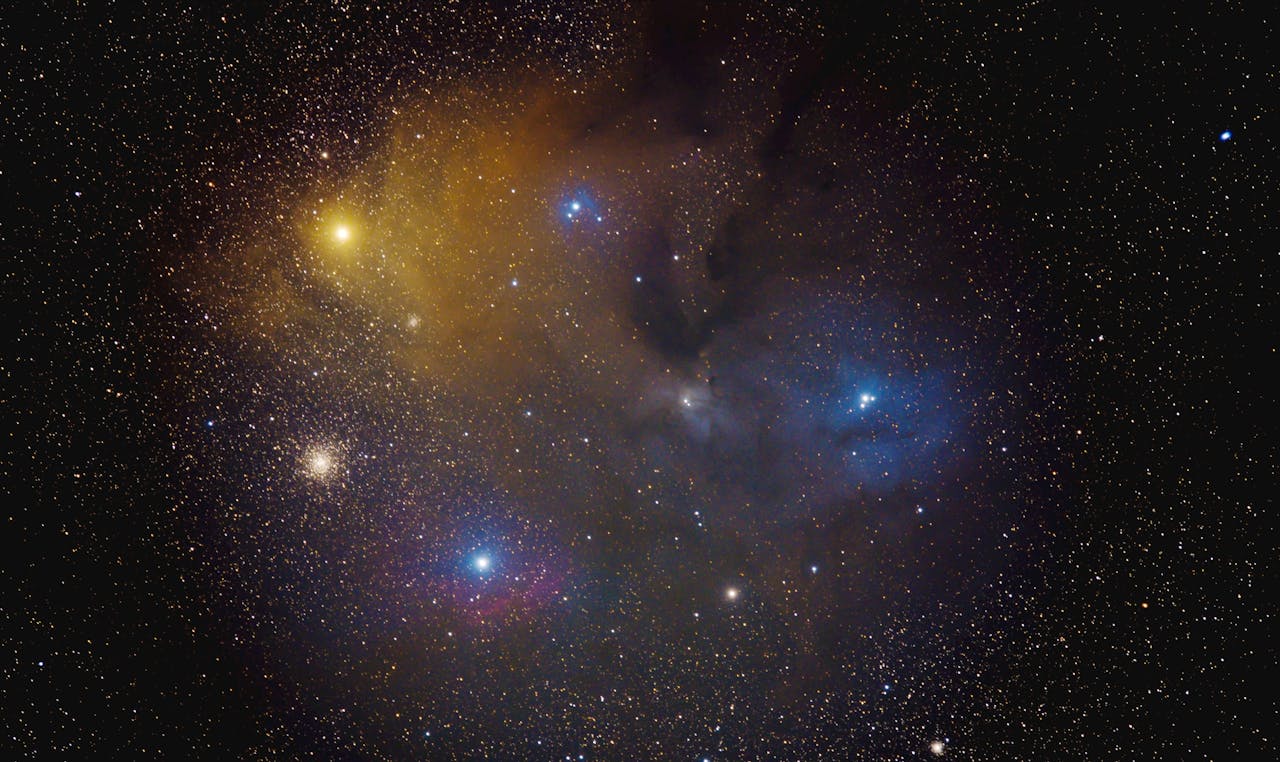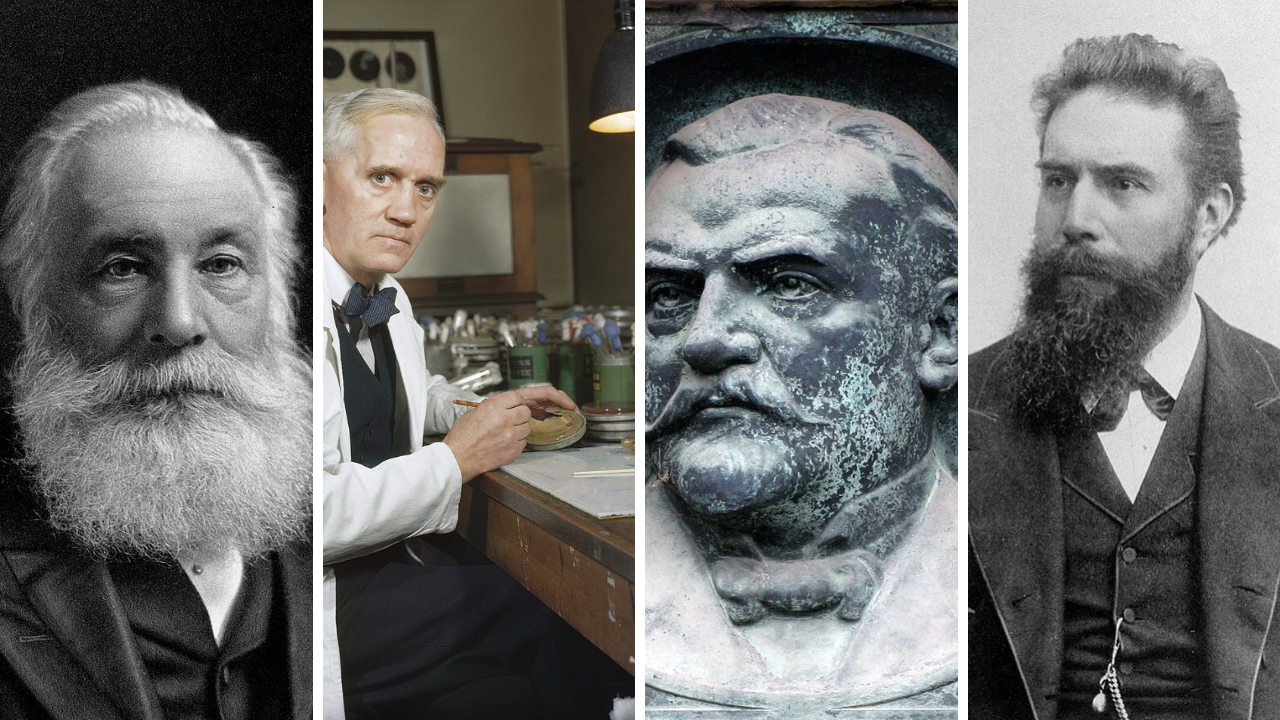The last decade has been a golden era for space exploration, with discoveries that expanded human knowledge of the universe. From finding new planets capable of supporting life to detecting gravitational waves, scientists have achieved breakthroughs that were once thought impossible. Observations from rovers, telescopes, and space probes have revealed fascinating details about our solar system and beyond. Here are 15 verified and groundbreaking space discoveries from the last decade that have transformed modern astronomy and scientific understanding.
1. First Image of a Black Hole (2019)
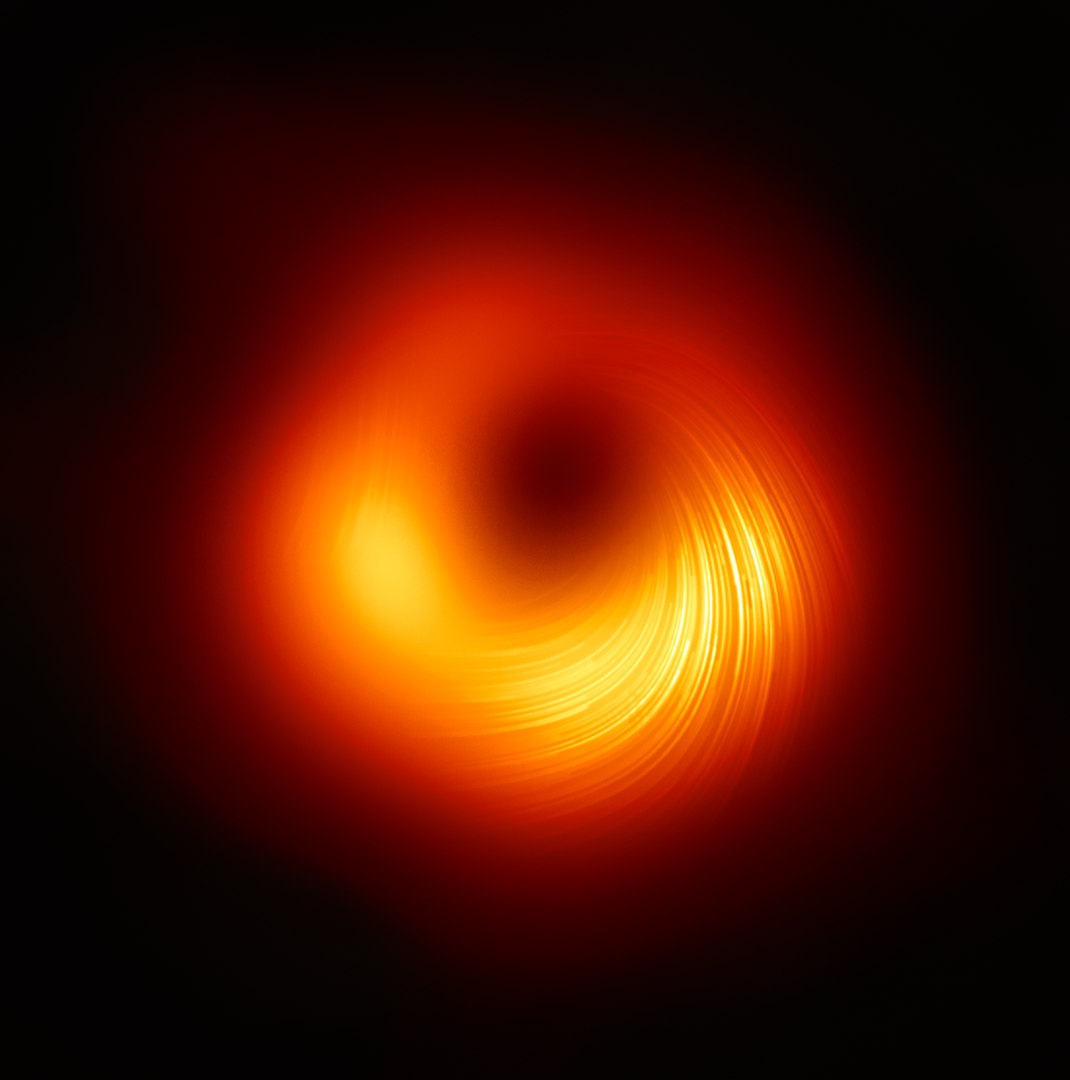
In 2019, the Event Horizon Telescope captured the first-ever image of a black hole in the galaxy M87. The image showed a glowing ring of hot gas surrounding the black hole’s event horizon, confirming predictions from Einstein’s general theory of relativity. This landmark discovery provided tangible visual proof of black holes, which were previously inferred only through indirect observations such as X-ray emissions and orbital behavior of nearby stars. It marked a historic achievement in astrophysics.
2. Discovery of a Super-Earth with Water in its Atmosphere (2019)
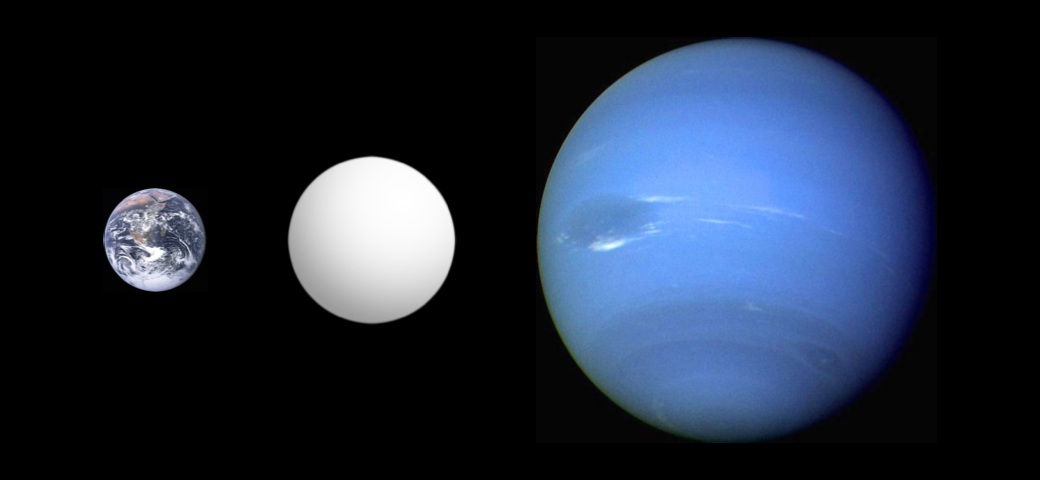
Scientists detected water vapor in the atmosphere of K2-18b, an exoplanet 110 light-years away in the habitable zone of its star. This milestone, made with spectroscopy from the Hubble Space Telescope, marked one of the first detections of water in a super-Earth’s atmosphere. It suggests that conditions suitable for liquid water and possibly life exist outside the solar system and highlights the potential for habitability on exoplanets.
3. Gravitational Waves Detected (2015)
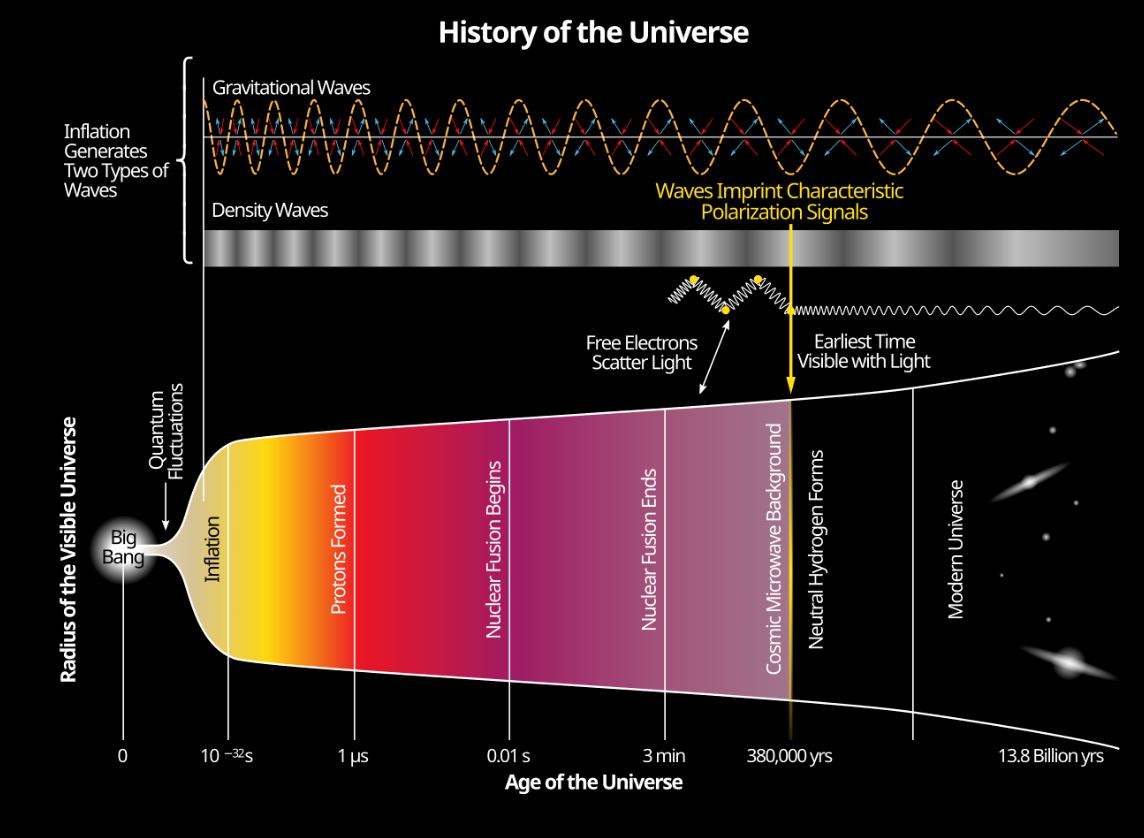
The Laser Interferometer Gravitational-Wave Observatory (LIGO) detected gravitational waves, ripples in spacetime caused by merging black holes. Confirming Einstein’s 1915 prediction, this opened a new era of astrophysics known as gravitational-wave astronomy. Subsequent detections included neutron star mergers, providing unique insights into stellar evolution, heavy element formation, and the extreme physics of compact objects. Gravitational waves now allow scientists to observe cosmic events invisible through traditional telescopes.
4. Accelerating Expansion of the Universe Confirmed
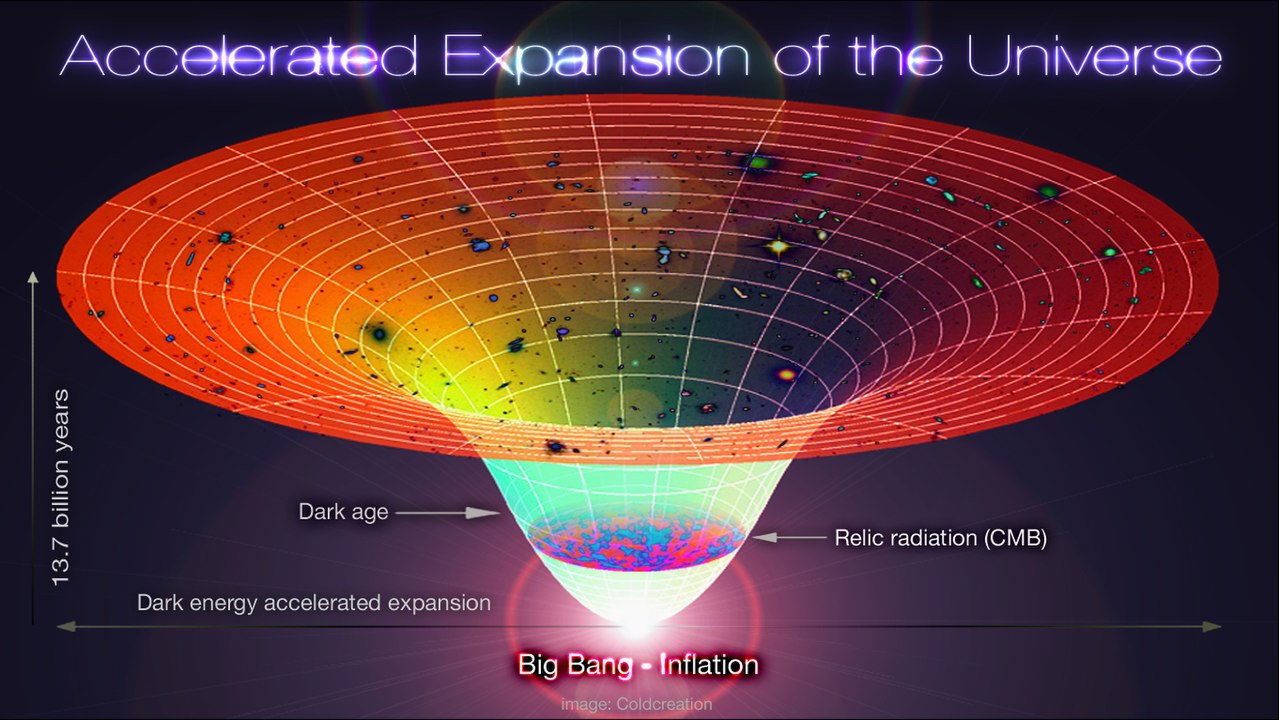
The accelerating expansion of the universe was originally discovered in 1998 through observations of distant supernovae, but data from the 2010s and beyond strengthened the evidence. These observations reinforced the concept of dark energy, a mysterious force comprising roughly 68% of the universe’s energy density. Dark energy is thought to drive the universe’s acceleration, profoundly influencing cosmology and models of the universe’s ultimate fate.
5. Evidence of Past Water on Mars (2012–2021)

NASA’s Curiosity and Perseverance rovers have revealed compelling evidence of ancient rivers, lakes, and organic molecules on Mars. Sedimentary rocks and mineral formations indicate that liquid water existed billions of years ago. The Perseverance Rover also collects samples for future return missions to search for signs of past microbial life, while the Ingenuity helicopter has demonstrated powered flight, proving that aerial exploration on Mars is possible.
6. Exoplanets in the Habitable Zone (2010–2020)
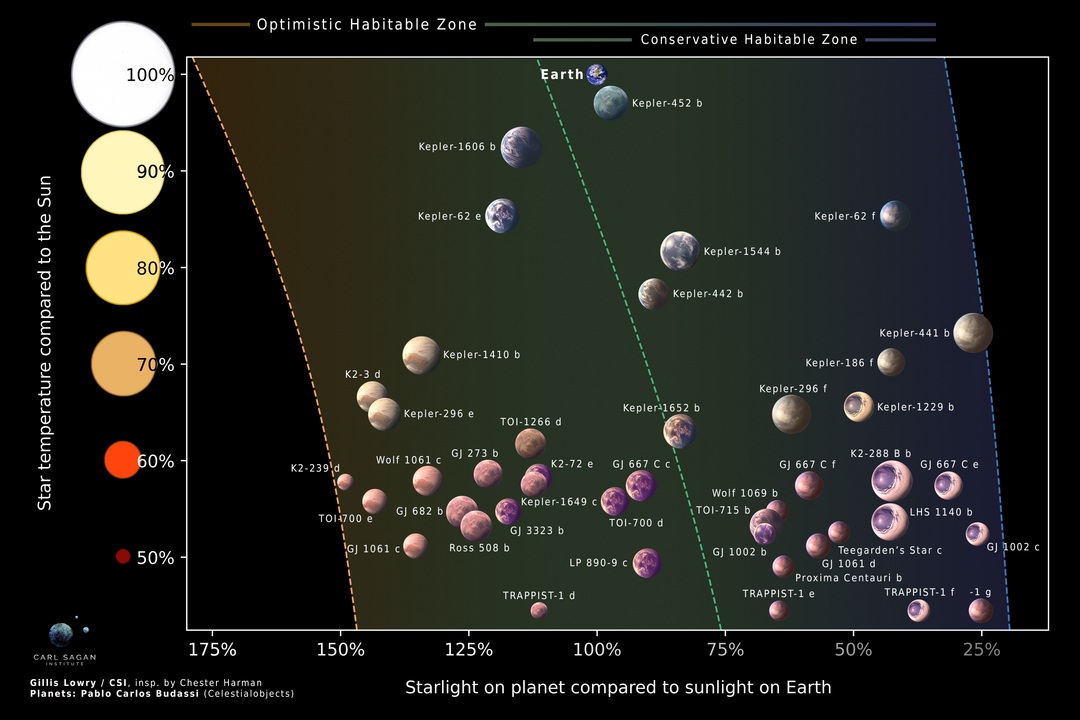
Kepler and TESS telescopes discovered thousands of exoplanets, many located in habitable zones where liquid water could exist. These planets vary in size and composition, expanding understanding of planetary diversity. The discovery of super-Earths and Earth-sized worlds informs models of planet formation and highlights the potential for extraterrestrial life. Precise measurements of exoplanet atmospheres now allow astronomers to study composition, temperature, and potential habitability.
7. Fast Blue Optical Transients (2019)
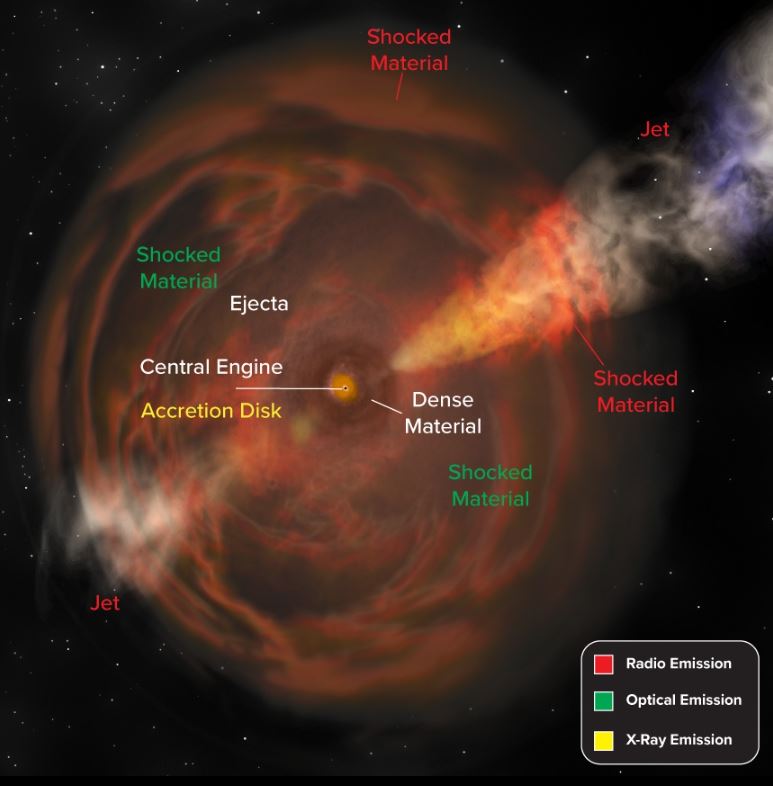
Astronomers discovered a new class of supernovae called fast blue optical transients (FBOTs), which increase in brightness faster than typical supernovae. FBOTs challenge traditional stellar explosion models and provide insights into rare cosmic events. Studying these explosions helps scientists understand stellar evolution, extreme energy mechanisms, and the lifecycle of massive stars.
8. New Horizons Flyby of Ultima Thule (2019)
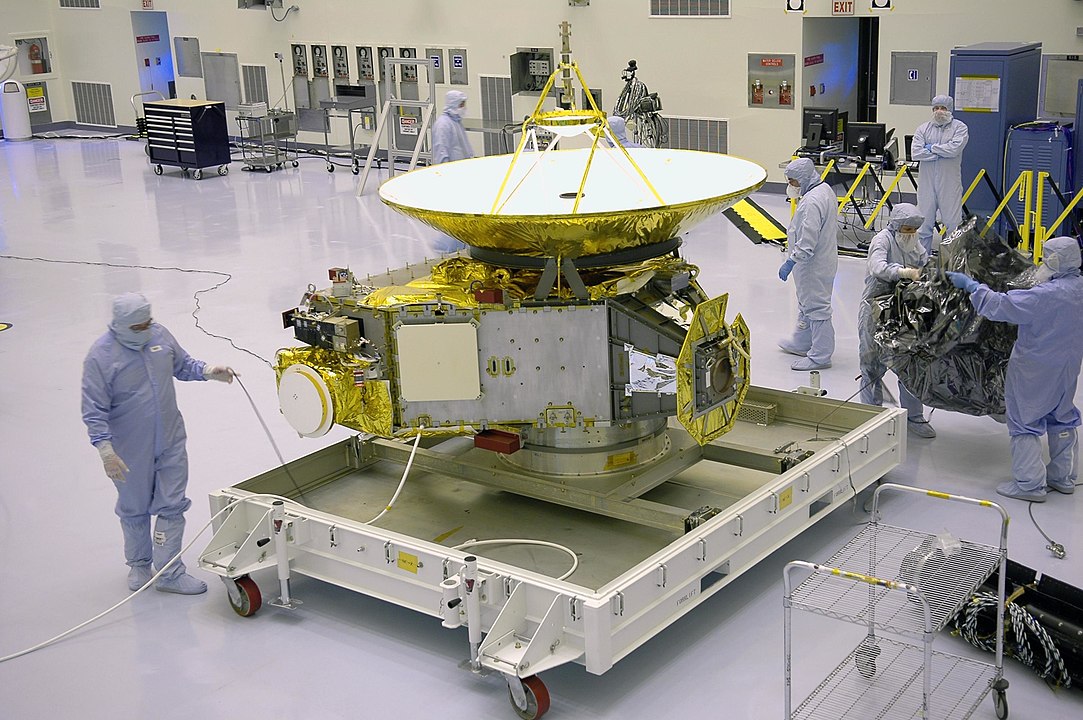
NASA’s New Horizons spacecraft flew past Ultima Thule, a Kuiper Belt object over 4 billion miles from Earth. This primitive object preserved clues about the early solar system. The flyby provided high-resolution images revealing its unusual elongated shape and surface features. Data from Ultima Thule helps researchers understand how planetesimals, the building blocks of planets, formed in the outer reaches of the solar system.
9. Most Distant Galaxy Observed (2020)
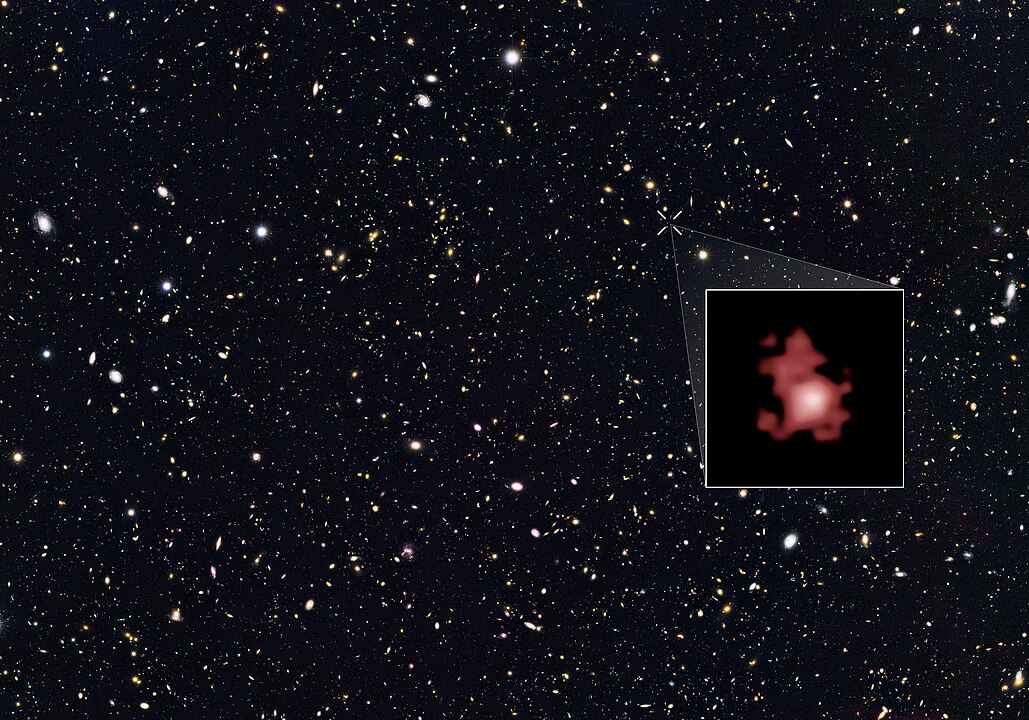
Astronomers using the Hubble Space Telescope observed GN-z11, the most distant galaxy known, located 13.4 billion light-years away. This galaxy existed only 400 million years after the Big Bang. Observing such early galaxies allows scientists to study the universe’s infancy, galaxy formation processes, and cosmic evolution. GN-z11 provides insights into the types of stars and structures that emerged shortly after the universe began.
10. James Webb Space Telescope Launched (2021)

The James Webb Space Telescope (JWST) launched to replace and surpass Hubble, offering unprecedented infrared imaging. JWST will study the first galaxies, observe exoplanet atmospheres for potential life, and examine the formation of stars and planets. Its advanced instruments allow scientists to look further back in time, revealing the earliest moments after the Big Bang and revolutionizing astronomy for decades to come.
11. Super-Earth Atmosphere Characterized (2019)
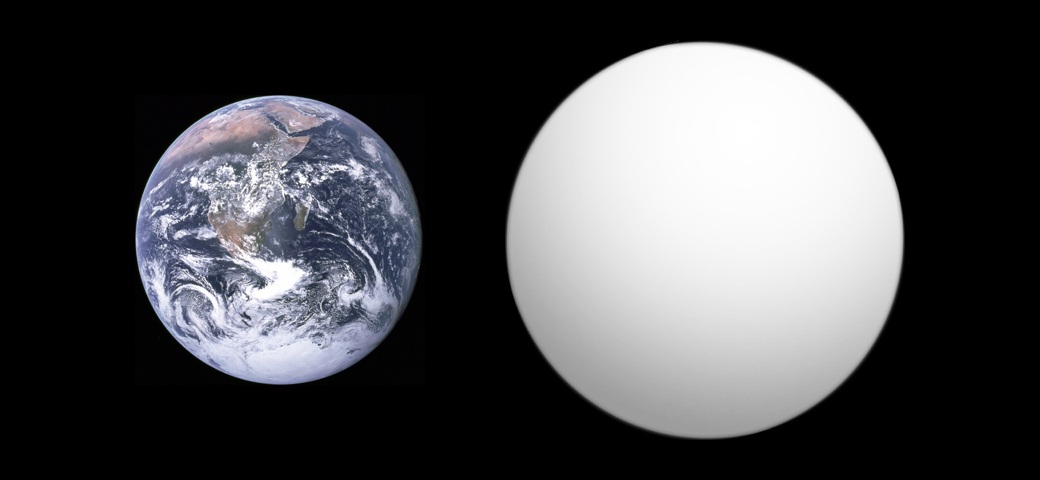
Scientists analyzed the atmosphere of the super-Earth K2-18b using spectroscopy, confirming the presence of water vapor. This marked one of the first detections of water in an exoplanet atmosphere, enhancing understanding of potential habitability and planet composition outside our solar system.
12. Solar System’s Largest Water Reservoir (2018)
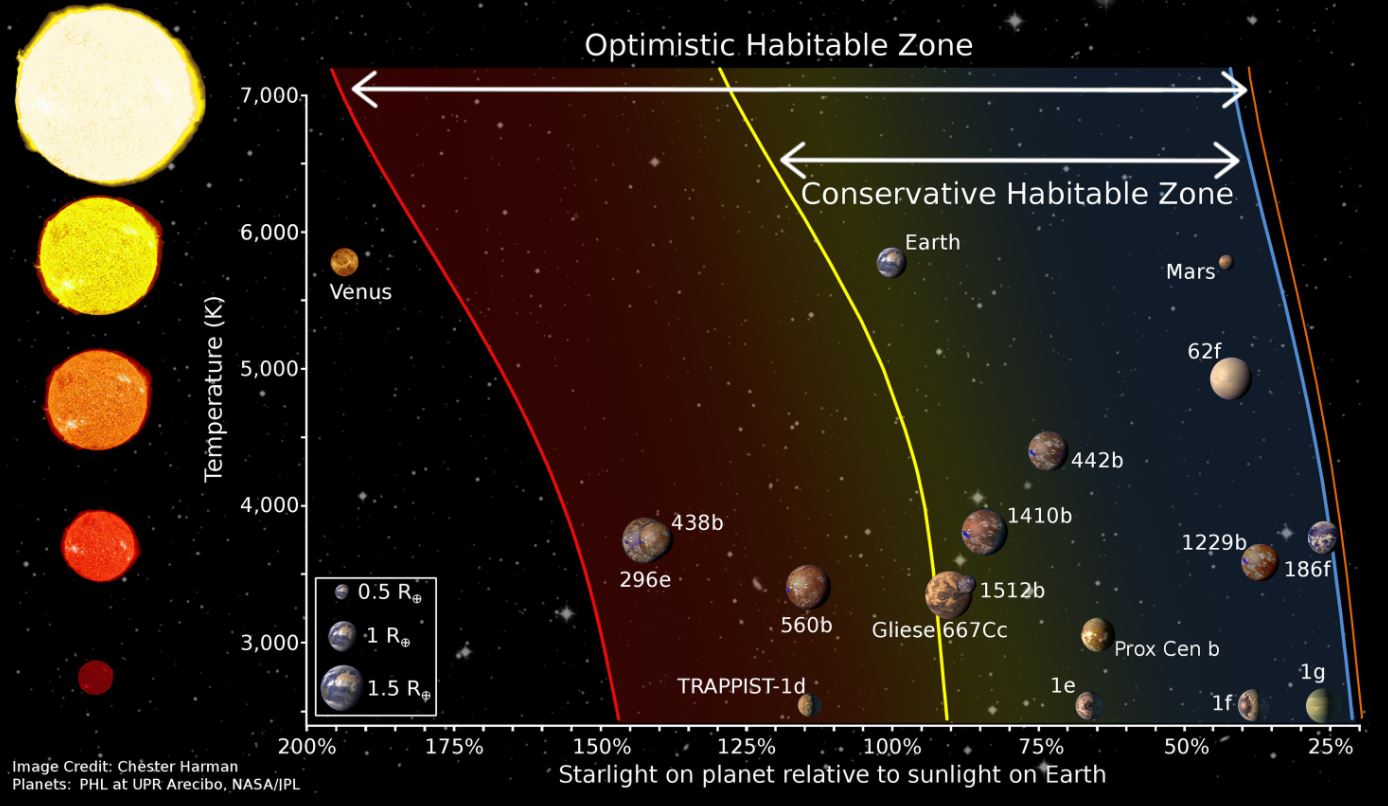
Astronomers discovered that Saturn’s moon Enceladus harbors a massive subsurface ocean, making it one of the largest known reservoirs of water in the solar system. Plumes of water vapor eject from cracks in the moon’s icy surface, suggesting hydrothermal activity beneath. This finding positions Enceladus as a prime candidate for the search for extraterrestrial life within our solar system.
13. Rogue Planet Discoveries (2021)
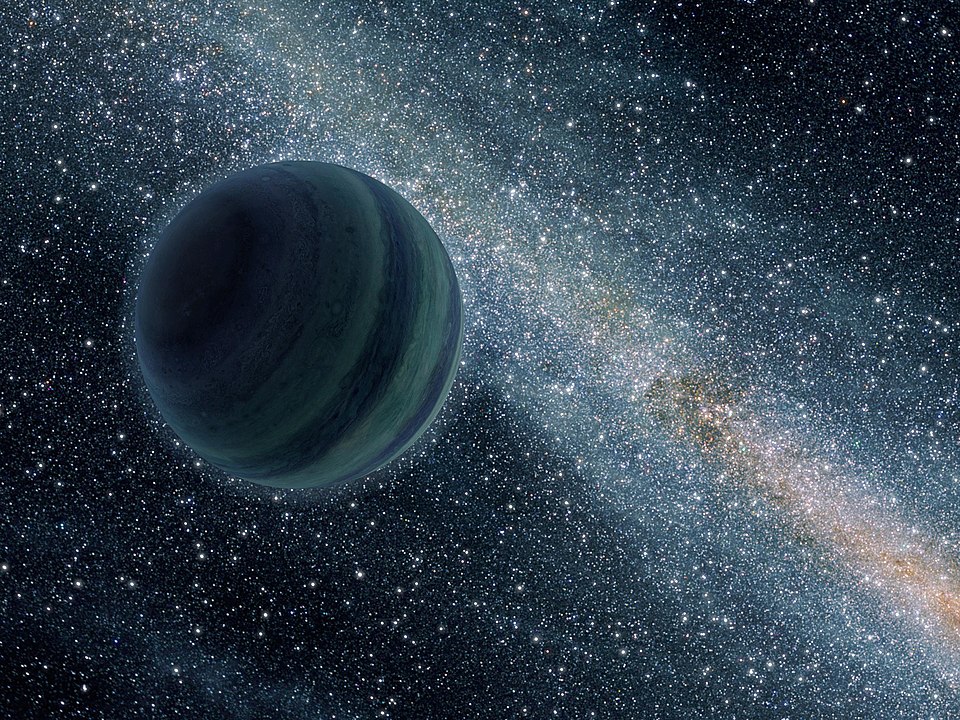
Astronomers identified several rogue planets that are not bound to any star drifting through space. These discoveries challenge models of planetary formation and suggest that many planets may exist freely in interstellar space. Studying rogue planets provides insight into gravitational interactions, stellar system evolution, and the diversity of planetary bodies in the galaxy.
14. First Interstellar Object ‘Oumuamua (2017)
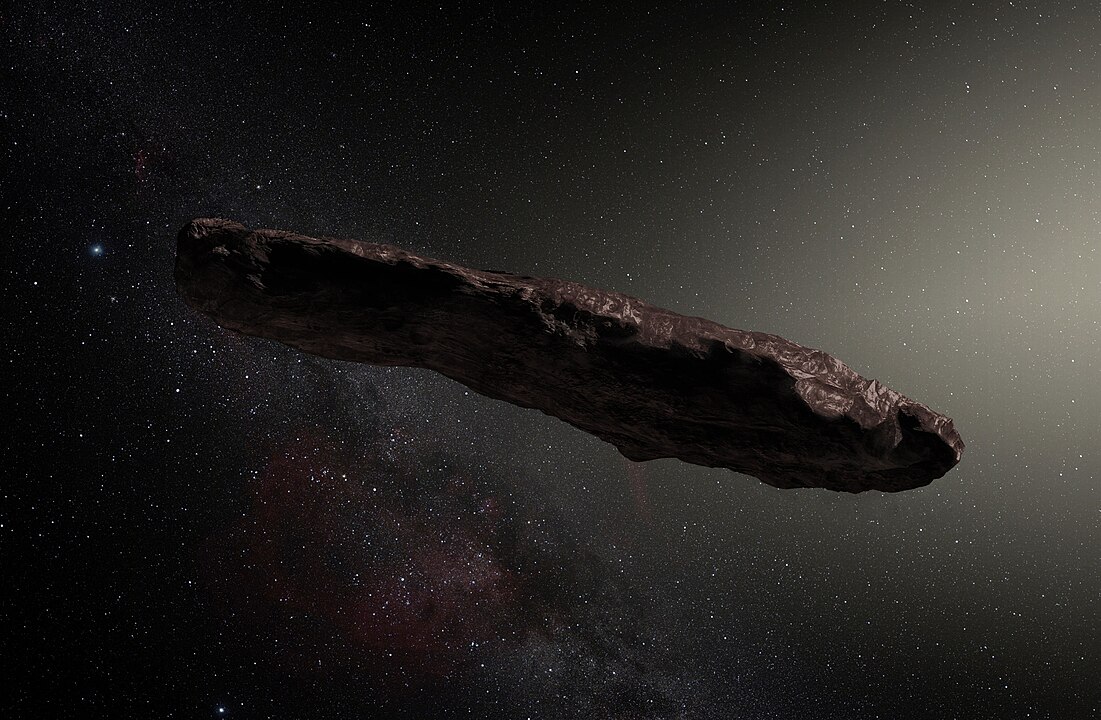
Astronomers detected ‘Oumuamua, the first known interstellar object passing through the solar system. Its unusual shape and trajectory indicated it originated from outside our solar system. While its composition remains uncertain, ‘Oumuamua’s discovery confirmed that objects from other star systems can enter ours, offering unique opportunities to study materials from distant stellar environments.
15. Pioneering Solar Sails Tested (2021)
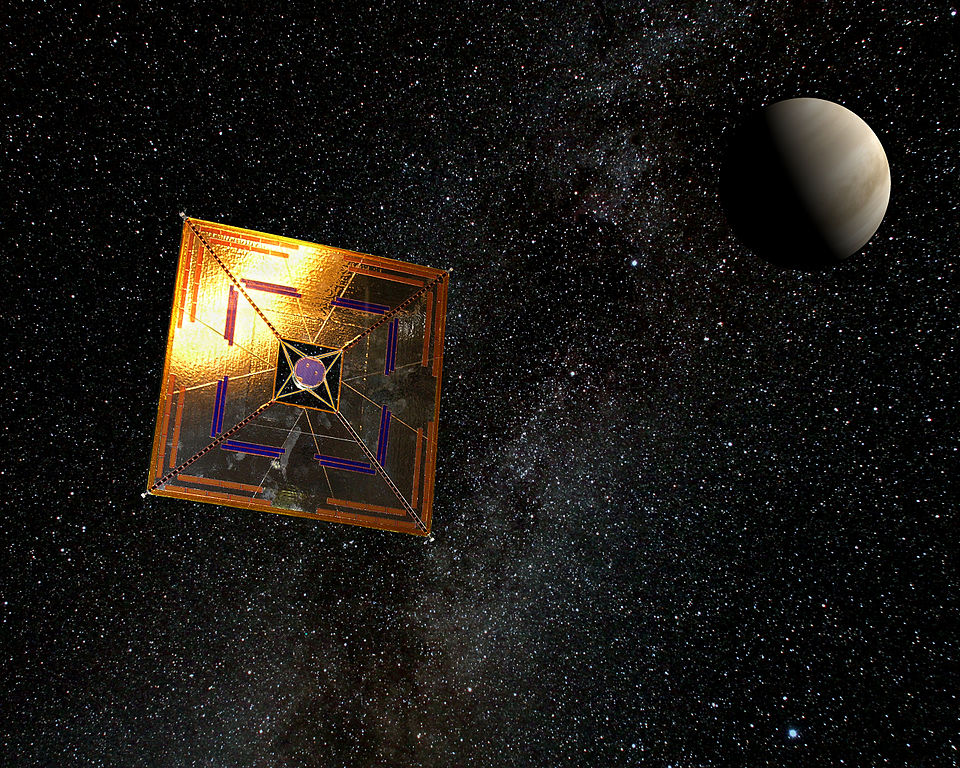
In 2021, NASA’s Planetary Society tested the first successful solar sail mission with the LightSail 2 spacecraft. Powered only by sunlight, the spacecraft demonstrated the viability of solar sail technology, which could one day propel spacecraft to distant destinations without fuel. This breakthrough could revolutionize long-duration space exploration, reducing the need for traditional propulsion and opening up the possibility of traveling to far-off planets and even nearby star systems.
